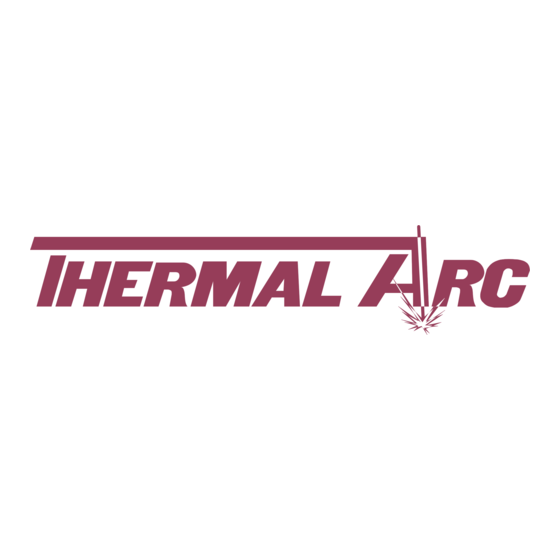

Thermal Arc 400 S Service Manual
Hide thumbs
Also See for 400 S:
- Operating manual (58 pages) ,
- Service manual (120 pages) ,
- Service manual (120 pages)
Table of Contents
Advertisement
Advertisement
Table of Contents
Troubleshooting













Need help?
Do you have a question about the 400 S and is the answer not in the manual?
Questions and answers